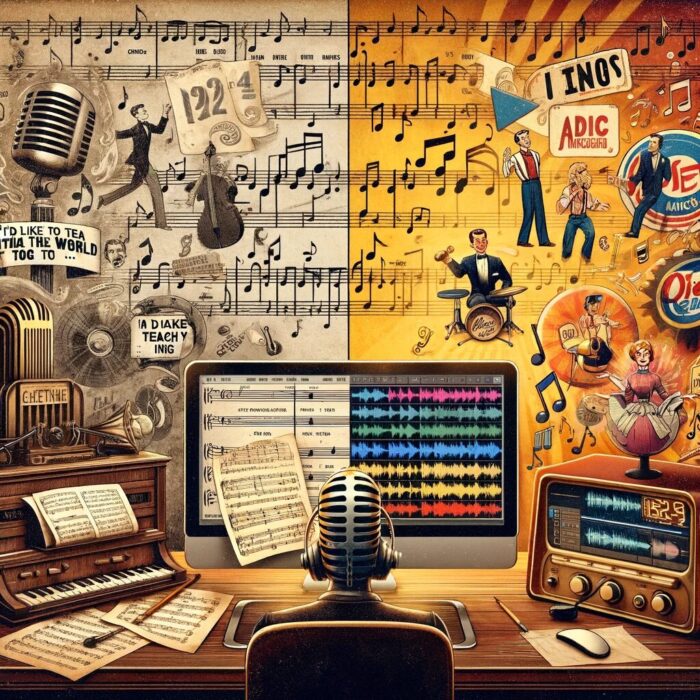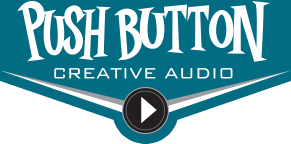
The Power of Earworms: How Jingles Captivate Your Mind in Seconds
It happens before you even realize what’s going on: one second, you’re casually strolling through the mall and the next you’re humming the latest jingle for the product standing in front of you. How did that happen? These earworms, as they’re called, are designed to be catchy and memorable. And that’s exactly what they are!
Jingles take cues from popular music in order to fit into the time period which makes it easier for you to remember them. How far back does this little trick go? Believe it or not, you can trace this all the way back…
Have You Eaten Your Wheaties?
By the 1920s, radios were popping up everywhere. Many homes had them, and the more than 600 available radio stations nationwide by 1929 made it clear that people enjoyed listening to music that wasn’t necessarily live. Commercial jingles, used to sell products to those listening to the millions of radios across the country, became the best method of advertising.
Prior to this, products were advertised in newspapers and magazines, often via catchy poems that accompanied hand drawings of the items. There were also entire songs that advertised products that played over the very early radio airwaves, but those weren’t actually jingles. Those poems and songs quickly evolved into shorter jingles, with the very first one airing in 1922. It advertised a New York City-based real estate development company.
So, what does this have to do with Wheaties? We’re glad you asked! While the first jingle aired in 1922, it was only for a local audience and didn’t make it onto the air around the country. However, in 1926, a jingle for Wheaties did make it nationwide, and by 1929, General Mills was sold on this new idea of advertising. The Wheaties jingle, sung by a barbershop quartet located in St. Paul, Minnesota, took advantage of popular musical styles at the time and helped save the cereal, which was close to being pulled from the market due to plummeting sales. The jingle truly saved the day.
Enhancing a Radio Station’s Personality
By the 1950s and 60s, radio stations began using jingles in an entirely new way. Not only were these short, catchy advertisements played in between blocks of songs, but the stations themselves developed them to call attention to their DJs and on-air personalities.
If you listened to just about any local station during this select time period, then you can probably sing the jingle that they developed using their call letters. Others used their station numbers to remind you where to stop on the dial, and some DJs made up their own using their names, along with puns and rhymes. Of course, the music or overall tunes used for the jingles reflected the type of music that the station played, helping enhance the overall personality of the channel itself.
Back to National Product Advertisements
While radio stations were working on developing their personas, advertising companies were having a blast coming up with jingles for products sold around the country, if not the world. Some of the biggest, most memorable jingles were created in the 1960s, and they were played on television, not just the radio.
Which jingles come to mind 60-plus years later? There’s the “I’d Like to Teach the World to Sing” tune developed for Coca-Cola, and “I Wish I Were an Oscar Mayer Wiener” that made those delectable hot dogs famous, as well as the 1970s “Plop Plop Fizz Fizz” jingle that helped sell Alka Seltzer by the droves. And these hard-to-forget jingles had major star power behind them. By this time, these jingles weren’t sung by barbershop quartets. No, instead, big stars, like Aretha Franklin, the Beatles, and more had jumped on the jingle bandwagon and gave these little ditties some memorable personalities.
The 1990s: A New Chapter for Jingles
Change is the only constant, and by the 1990s, the advertising landscape was evolving. While jingles were taking a step back, they paved the way for a new era of commercials that leveraged popular songs, dynamic dance sequences, and innovative techniques to captivate audiences. The diversification of television channels and the advent of satellite radio introduced a broader range of content, and audiences were eager for fresh and diverse approaches.
Yet, the essence of jingles remained alive. Iconic tunes like “Nationwide is on Your Side” and “Like a Good Neighbor… State Farm is There” continued to resonate, making brief but impactful appearances at the end of commercials. These modern jingles, while concise, carried the spirit and charm of their predecessors, drawing inspiration from the memorable ads of the 1960s. They serve as a testament to the enduring power of a catchy tune, leaving listeners with a melody that lingers long after.
Modern Jingles: A Beautiful Blend of Old and New
As baby boomers began to age, they started looking back at their pasts and glorifying the decades when they were young, namely the 1950s and 1960s. As a result, you see these older advertisements popping up now and again, most notably at the Super Bowl, which is known for its commercial superpower.
A good example of this is the Coca-Cola “Teach the World to Sing” tune that appeared several years ago accompanied by computer-animated polar bears. The commercial was that ideal blend of the past and the present, and it appealed to people of all generations, but most notably those who remembered the jingle when it first came out.
It’s clear that this mingling of old and new is sticking around, due to the catchy commercialized power of nostalgic jingles. Although plenty of commercials designed for both radio and television use modern music, usually from the pop and R&B genres (some songs even created solely for commercials, making them reminiscent of the days of yore), there’s still room for those “feel good,” old school earworms that everyone remembers, no matter how long ago they were first recorded. Because in the end, when it comes to advertising, nostalgia always wins!







